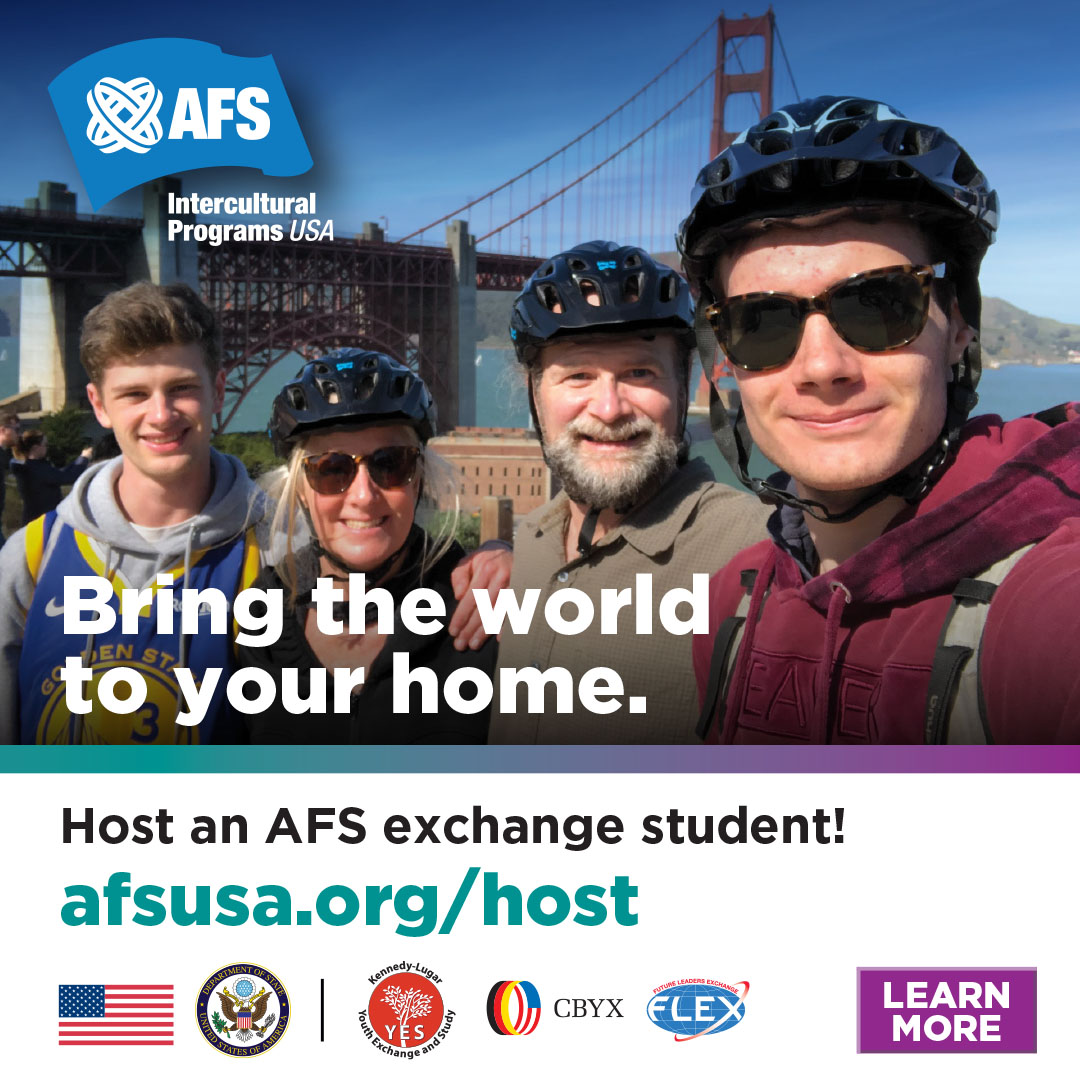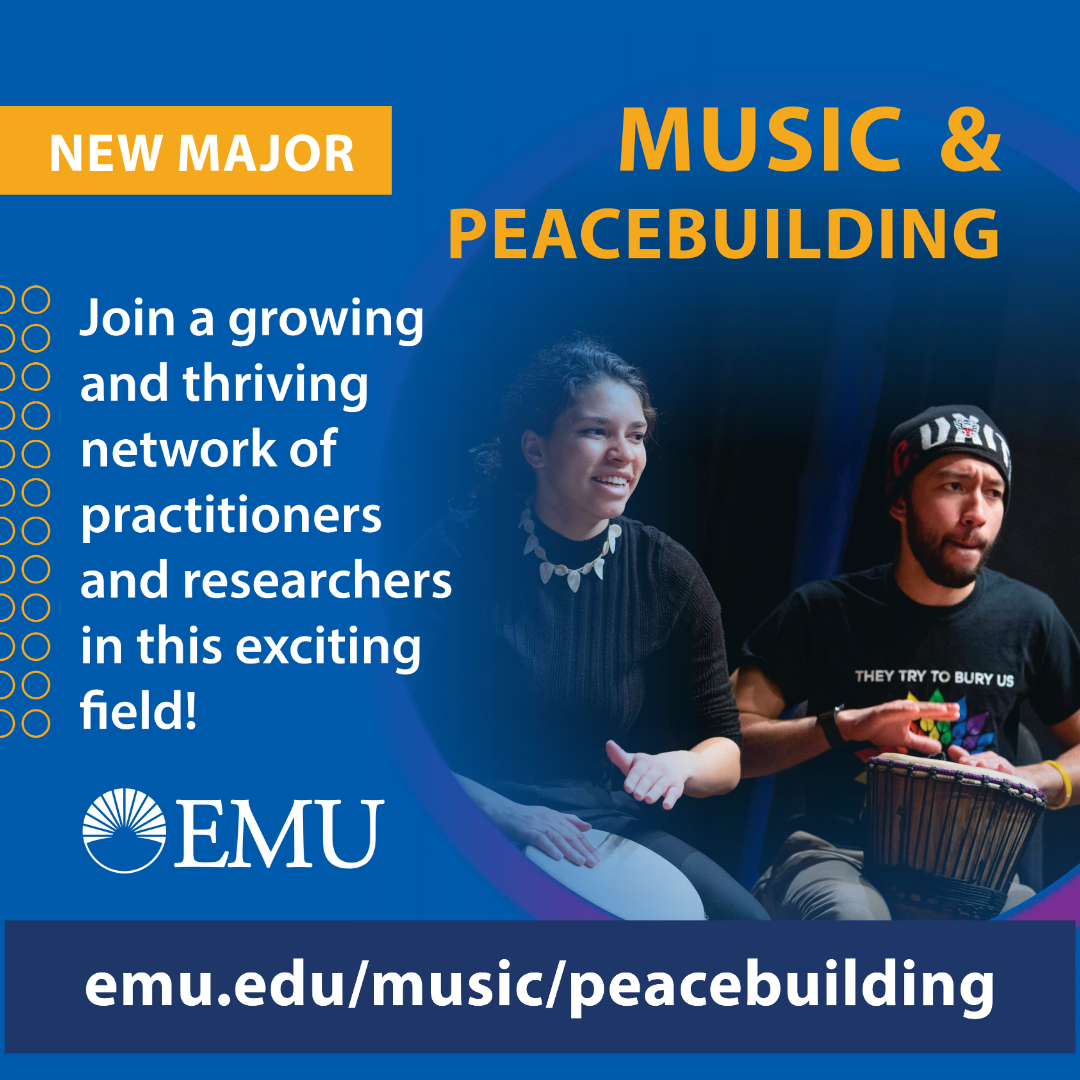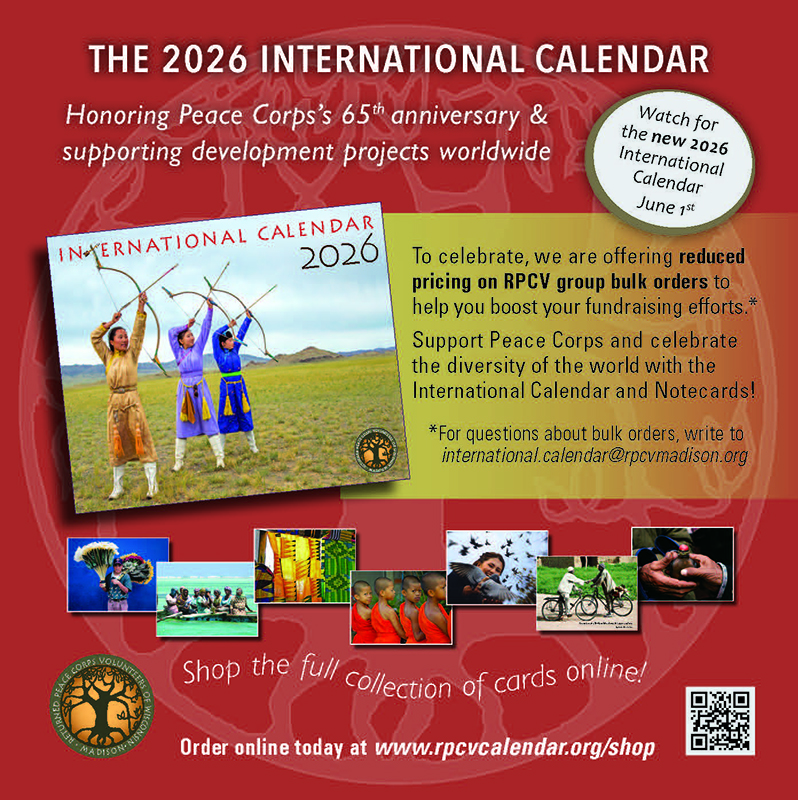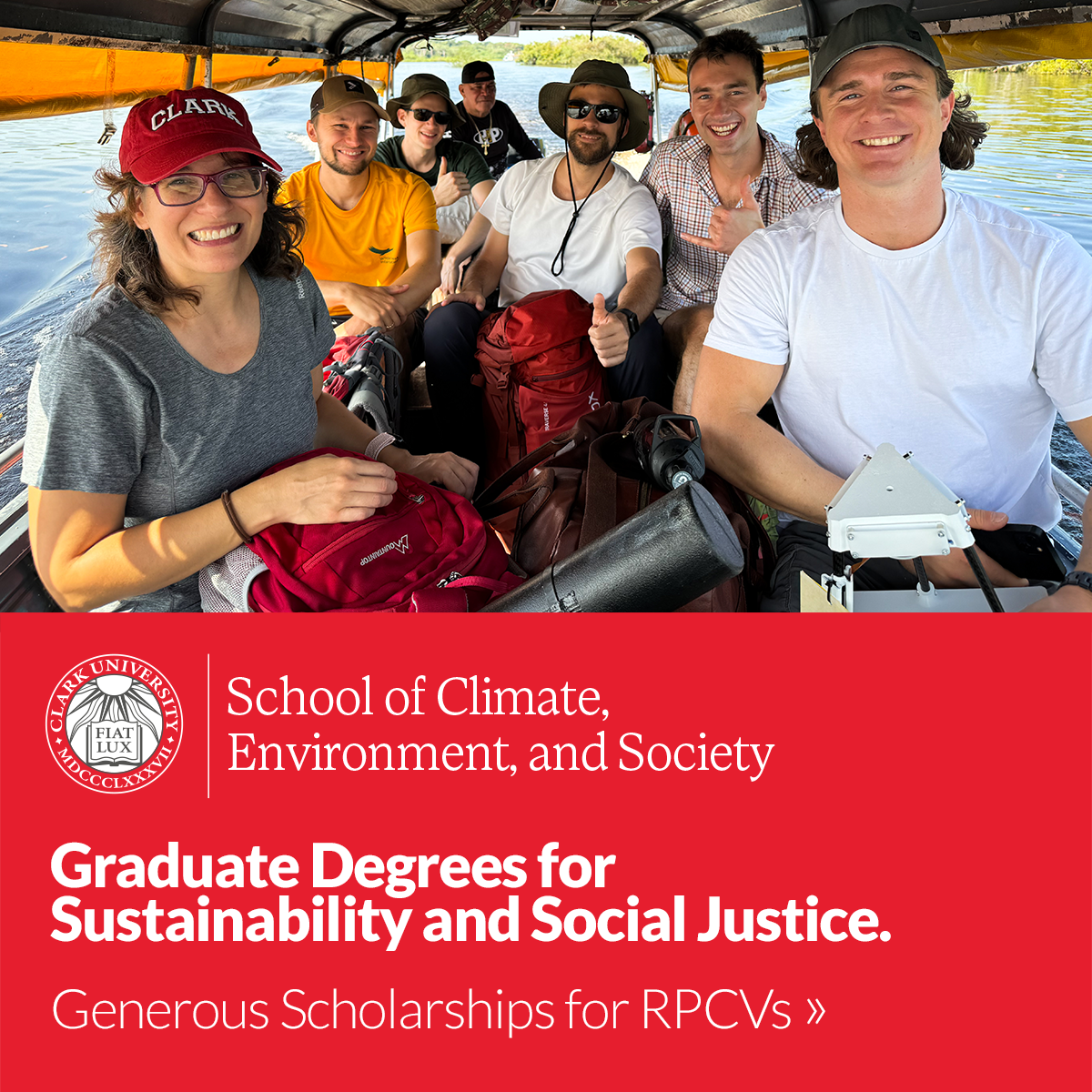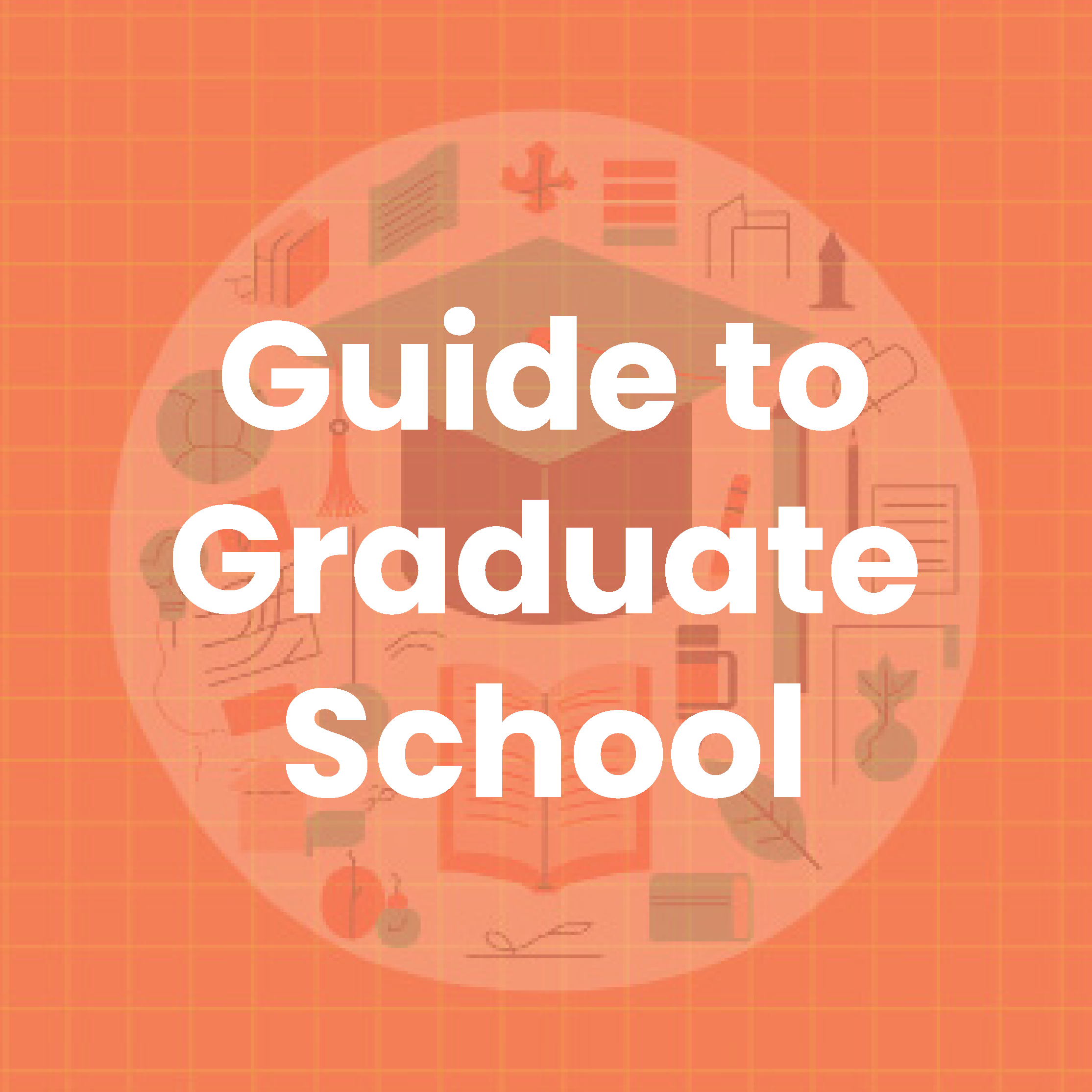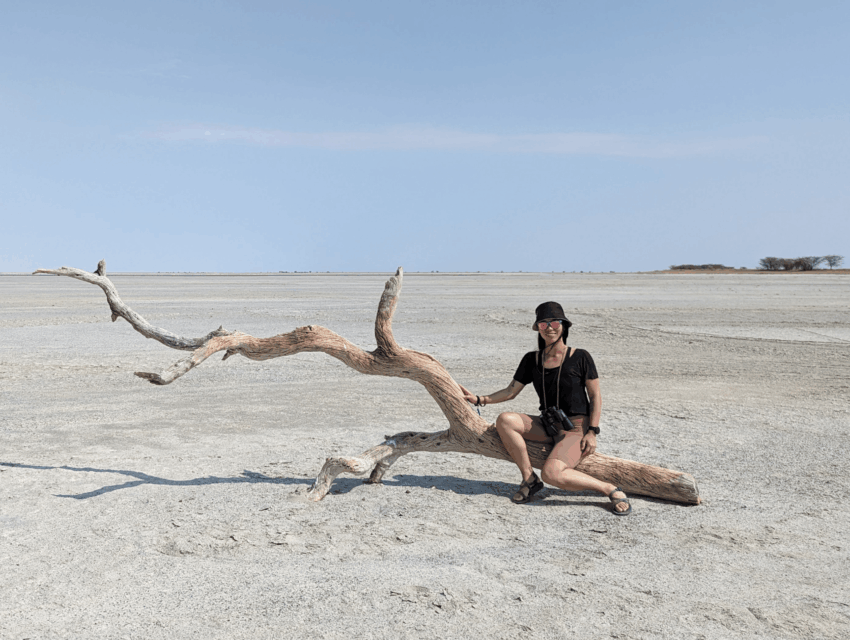
Signal Boost
How RPCVs Are Using Social Media to Amplify Their Voices—and Causes
The digital world is awash in voices seeking monetary reward or improved social status, as the online acronym goes, IRL (in real life). There are, however, some that have dedicated their time, effort, and social media platforms to those who are in most need of the spotlight. Not surprisingly, these voices include several Returned Peace Corps Volunteers.
In many ways, social media has transformed how the Peace Corps’ third goal—to help promote a better understanding of other peoples on the part of Americans—is achieved. Storytelling by Volunteers is at the heart of this goal; now, that storytelling is done with and by host communities. In this new digital age, RPCVs are not just leveraging platforms for self-promotion—they’re passing the mic to those whose stories might otherwise go untold.
The Documentarian: Cinematic Voices from the Margins
Sam Friedberg (Madagascar 2017–19) travels the world with his camera in hand, capturing images that highlight and preserve Indigenous heritage and chronicling the struggles of those that are too often left behind. A skilled photographer and videographer, Friedberg posts his work on his YouTube channel, Nomad Productions, and his personal Instagram profile (@samuelfried). After completing his service in Madagascar, Friedberg went back to his host country to document the challenges of the Mikea people, the country’s last hunter-gatherers, as they confronted the harmful effects of charcoal production—including deforestation—on their traditional way of life. In this documentary work he conveys the Mikea through elegant yet simple photography, depicting their desperation as the forest of their ancestors is destroyed around them. We also see the Mikea seek alternative ways to ensure their survival and find new ways to preserve their heritage.
Friedberg has also created short cinematic films that document traditional music, festivals, and oral storytelling across Latin America and West Africa. His content is often multilingual, ensuring accessibility and authenticity.
Notably, local musicians featured in his videos have attracted interest from tourists and even international recognition in ways that they were previously unable to.
“Right now, I’m traveling through Africa; staying with PCVs and photographing their sites,” Friedman said in a WhatsApp message from Tanzania in April. “Being able to use my travels and photography passion to showcase the Peace Corps experience is a great way to give back and inspire the next generation of PCVs.”
The Podcaster: Black Diplomats and the Politics of Presence
Terrell Starr (Georgia 2003–05) is reshaping how we perceive diplomacy and the creation of U.S. foreign policy. As host of the podcast Black Diplomats he brings depth, context, and lived experience to stories too often flattened by traditional foreign policy commentary. His work elevates perspectives that are frequently overlooked: those of Black, Brown, LGBTQ+, and marginalized voices from the U.S. and across the globe. Drawing on his Peace Corps service during Georgia’s Rose Revolution and his on-the-ground reporting in Ukraine as war erupted in 2022, Starr speaks with cultural fluency and grounded empathy. Each episode of Black Diplomats is a narrative of connection—of civilians in Kyiv surviving siege; of African migrants navigating borders; of what diplomacy looks like when it centers people, not just policy.
“I named my media brand ‘Black Diplomats’ because I became frustrated with mainstream media centering white peoples’ stories in foreign affairs news,” Starr says. “The name came about out of defiance, but now I really like the idea that people in my hometown of Detroit can see that a Black boy from the hood can become a leader in international news reporting, and, yes, a diplomat.” With thousands of listeners and appearances on major networks like CNN, MSNBC, and Al Jazeera, Starr is amplifying voices at the heart of global conflict and redefining diplomacy as a human story, one we all have a stake in.
The MC: Global Storytelling

Nicole Banister (South Africa 2013–16) uses Instagram and live video to uplift global voices through conversations. Known as “Nikki Banz,” she hosts “Nikki Banz Live” (Instagram: @nikkibanzzzzz), a weekly series featuring changemakers, artists, and activists from diverse countries. Banister’s interviews are live-streamed, interactive, and centered entirely on her guests. She asks questions, listens, and lets their stories breathe. She has partnered with youth advocacy organizations to highlight voices in post-conflict countries, offering them a platform to share recovery narratives in their own words. Her consistency, energy, and humor make difficult global topics more approachable, building bridges between Gen Z changemakers worldwide. Her feed also highlights behind-the-scenes moments with Peace Corps alumni, local artists, and cultural leaders, letting their voices drive each narrative. This platform transforms her followers into listeners, advocates, and allies, reinforcing community ties through real-time engagement. By centering others rather than herself, Banister embodies digital diplomacy with humility and authenticity.
The Curator: Afro-Latina Creativity
Elisa Molina (Costa Rica 2010–12) channels her creative activism into @covedoza, an Afro-Latina cultural collective championing voices of Black, Indigenous, and Women of Color artists. Through her storytelling work with COVEDOZA, she also mentors emerging artists on how to use digital platforms ethically to preserve and protect ancestral narratives. Her feed isn’t just beautiful, it’s intentional, intersectional, and rooted in community empowerment.

On Instagram @itselisamolina, she shares carousel features and reels that spotlight collaborative prints, music, and visual art. Molina amplifies artists by tagging their profiles, sharing their process, and promoting their work directly. For example, a recent reel introduced a ceramicist teaching traditional techniques, linking to her shop and studio. Each post is a mini-curatorial experience, giving artistic visions space to flourish and audiences the chance to support them. Molina’s work redefines storytelling by foregrounding community talent and cultural heritage.
The Creative Connector: Gina Larson & House of Urnebes
Gina Larson (Kosovo 2017–19) co-founded House of Urnebes in Serbia, a cultural art house and creative residency. On Instagram @house_of_urnebes, she shares photos and videos of local youth-led performances, visual exhibitions, and intercultural workshops. Her captions introduce young artists in their own words and credit local collaborators for each scene. For instance, a recent post captured a teen’s spoken-word piece on identity, tagged by name and linked to their own page. Rather than broadcasting curated achievements, Larson’s account offers real-time windows into grassroots creativity.
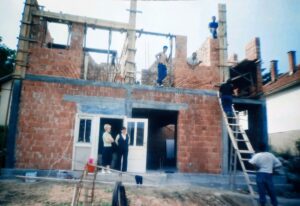
Her co-creation model ensures young artists receive public credit, financial support, and ownership of their work across digital and physical platforms. Urnebes has since received micro-grants from the EU Youth Dialogue initiative, amplifying Gina’s commitment to art as both resistance and renewal.
In nurturing these stories, she amplifies local expression and builds transnational cultural bridges one young voice at a time.
The Recruiter: Connecting Volunteers with opportunities on LinkedIn
“I’ve never just used LinkedIn for finding jobs or for hiring. I’ve always used it as a way to build community, and that’s been a big part of it for me,” says Scott Beale, whose LinkedIn profile is one of the most followed in the Peace Corps community. That’s probably because Beale, a former Associate Director for Global Operations at Peace Corps and now a career coach, not only posts insightful and inspirational material about Peace Corps and global affairs, but also job opportunities. His account has seen a huge increase in the number of followers following the recent wave of federal layoffs at departments and organizations working on global issues. “I think one of the things about LinkedIn is that trying to be helpful to other people really resonates. To be able to use my experience to help support people from USAID, and of course folks like Returned Peace Corps Volunteers, has been wonderful,” he says. “I feel like it’s been completely exploding in recent months.”
Beale also sees value in using social media to help RPCVs get outside the echo chamber of too often speaking only to each other. “I think it’s an important opportunity for us to tell our stories even beyond just the circles or pools that we swim in.”
At a time when global narratives are often dominated by power and politics, these returned Volunteers remind us that listening is also a form of leadership, and that amplifying local voices is not only an act of justice—it’s an investment in a more connected, prosperous, peaceful world for all.
Have a social media account we should be following? Email us at [email protected] and follow us @worldview_npca
Toronto Eschrich is a WorldView magazine intern. He is currently obtaining his master’s degree in International Relations and Diplomacy at the American Graduate School in Paris.
Related Articles
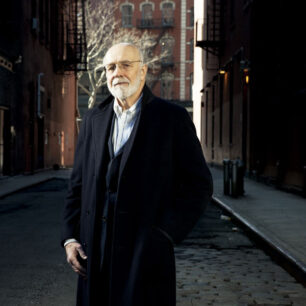
Made in America
Charlie Clifford (Peru 1967–69) is the founder of Tumi Inc., a global travel luggage brand, as well as Roam Luggage.…
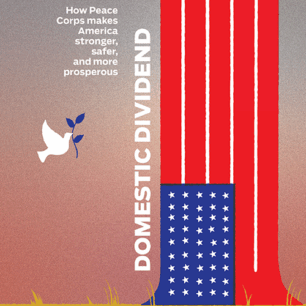
Spring/Summer 2025 Issue
This special issue of WorldView makes the definitive case for how Peace Corps makes America stronger, safer, and more prosperous.
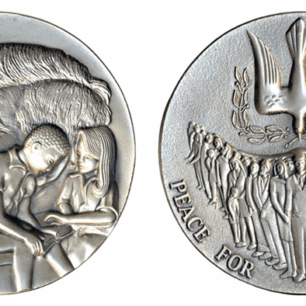
Return on Investment
As federal funding for international aid and cultural exchange programs continues to shrink, policymakers are increasingly asking whether these initiatives…
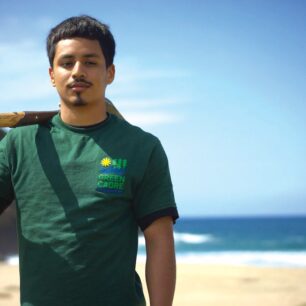
“Bigger Than Peace Corps”
California Service Corps is the largest state-based service program in the U.S. , with more than 10,000 volunteers across the…

